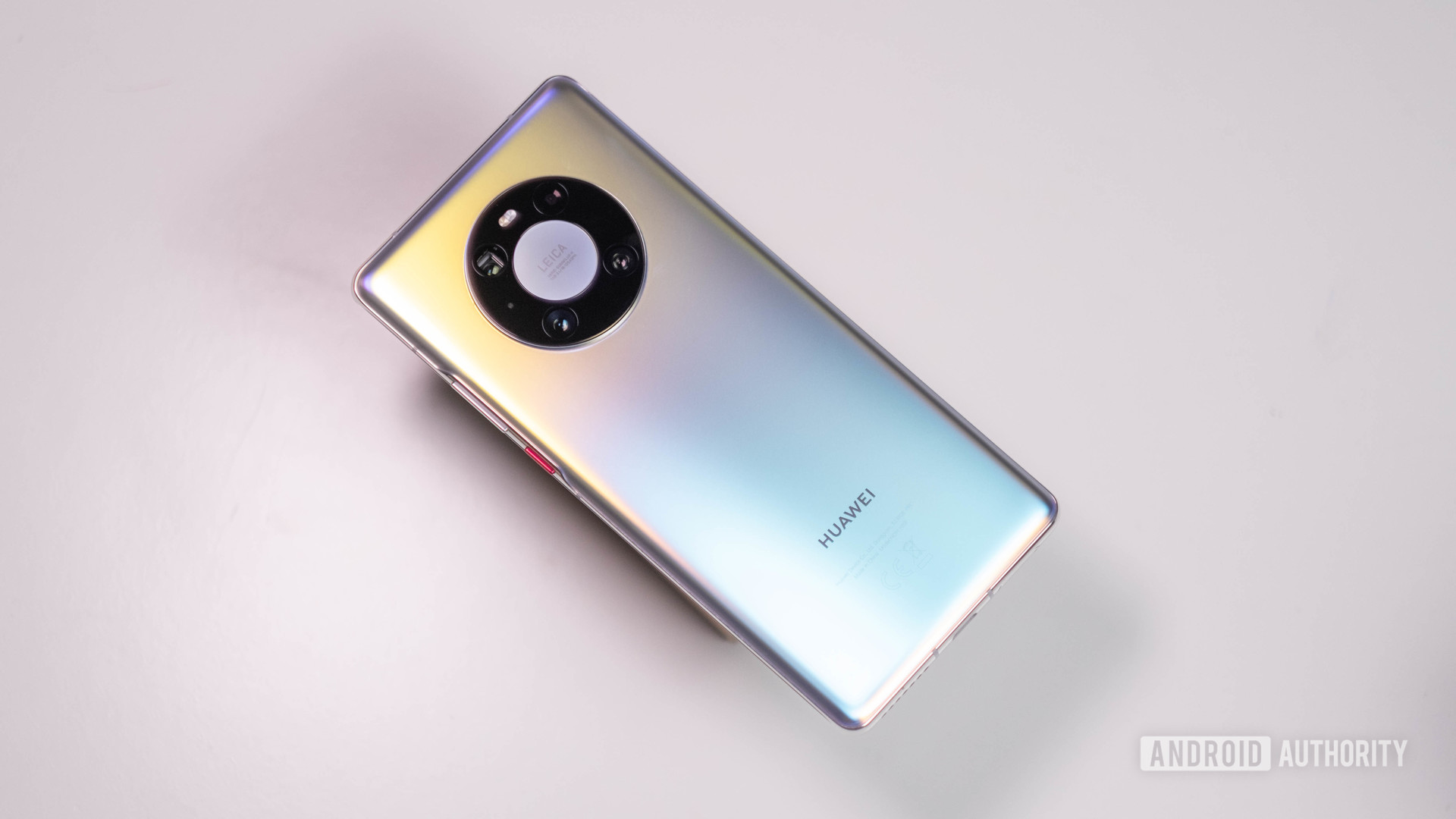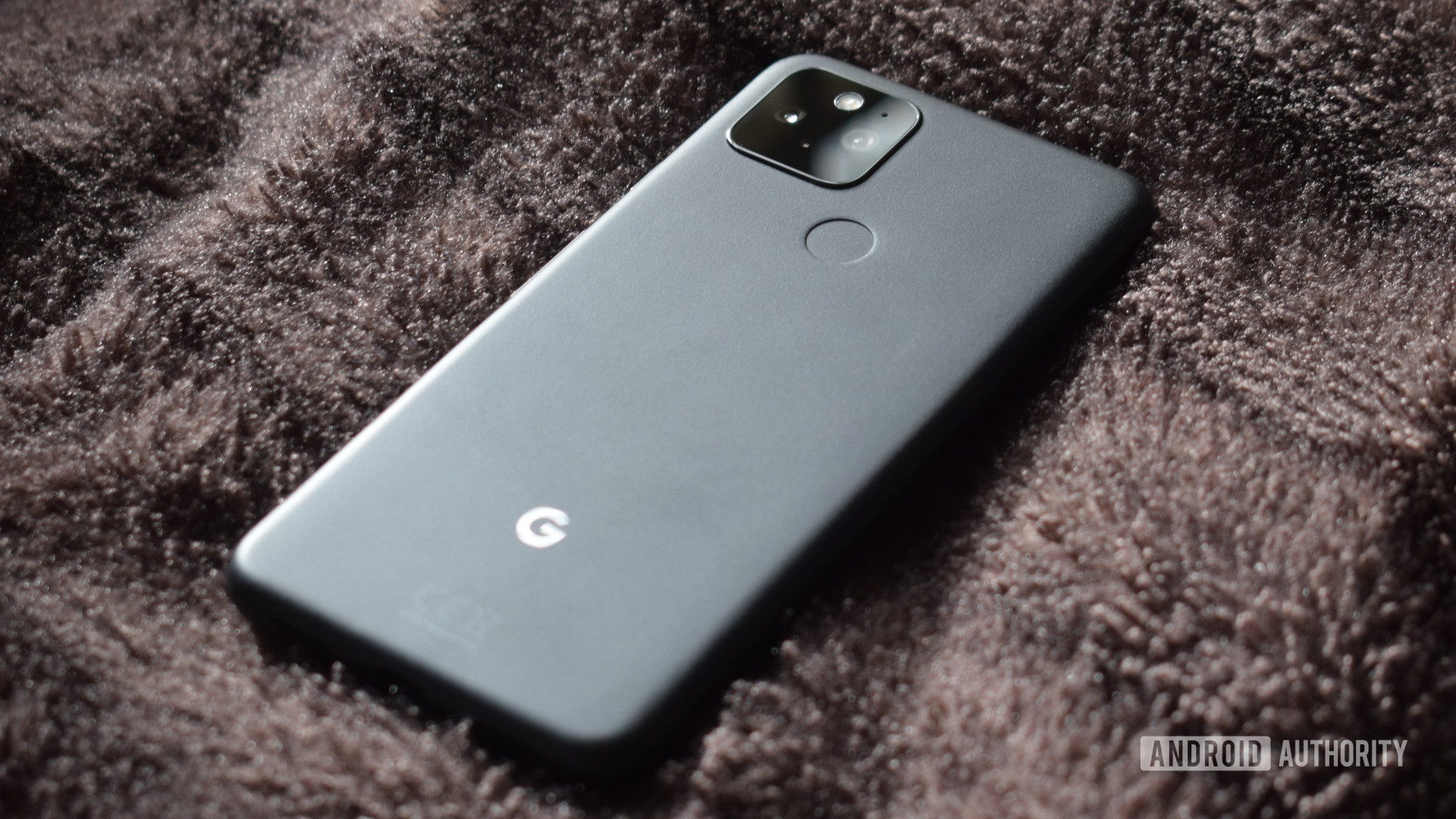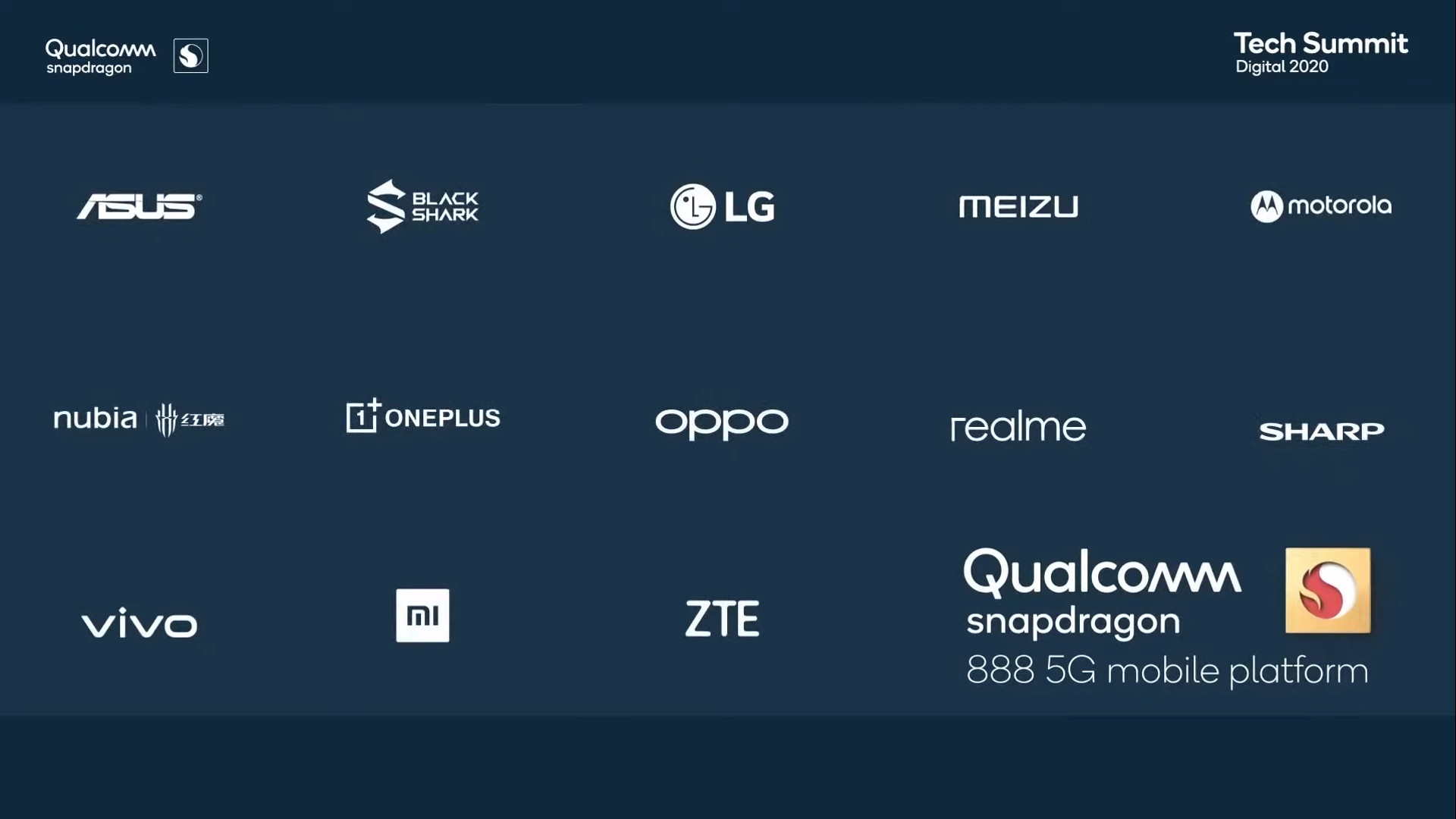Affiliate links on Android Authority may earn us a commission. Learn more.
2020 smartphone silicon showdown: The most powerful phones of the year compared

Better, stronger, faster. That is the mantra. And let’s not forget – more efficient! We got an idea of the level of performance and efficiency of 2020’s best smartphones back in 2019 when Arm announced the Cortex-A77. At the same time, the company also unveiled the Mali-G77 GPU.
At the end of the same year, Qualcomm launched the Snapdragon 865 based on the Cortex-A77 and its own in-house Adreno GPU. Our initial performance numbers using Speed Test G showed that the Snapdragon 865 had the potential to be up to 20% faster overall than the Snapdragon 855.
And so the stage was set. The new Snapdragon was announced and several companies had committed to using it in their 2020 devices. There was still the question of the latest Exynos processor from Samsung — could it beat the Snapdragon? What about HUAWEI, could it shake things up? And what about the possibility of a boosted Snapdragon 865 Plus?
Now that 2020 is over, let’s take a look back at the most powerful phones of the year and see if anyone was able to take away Qualcomm’s crown in the Android arena.
Snapdragon 865 and Snapdragon 865 Plus
The fastest phone of 2020, by a clear margin, was the ASUS ROG Phone 3. Launched in mid-2020, it sported the slightly faster Snapdragon 865 Plus. Taking the average of several consequent test runs of Speed Test G, the ROG Phone 3 scored 1m 22s. A clear winner by several seconds compared to the rest of the field. The ROG Phone 3 also scored well in other benchmarks like Geekbench and AnTuTu.
The next 10 devices were all very close with just 1.5 seconds separating them all. The crown for second place actually goes to the OnePlus 8 Pro with 1m 29s. Next is its sibling, the OnePlus 8T, with 1m 29.4s and then a surprising result for the realme X50 Pro 5G at 1m 29.5s. Four of the next six places go to Samsung devices. First the Samsung Galaxy Note 20 Ultra and then the Samsung Galaxy Z Fold 2, with scores of 1m 29.5 and 1m 30s respectively. Following them are the vanilla OnePlus 8 (1m 30.1s), the Sony Xperia 5 II (1m 30.5s), and then the POCO F2 Pro (1m 30.5s). To round off the top 10 we have the Samsung Galaxy S20 Plus with a time of 1m 32.2s.
The fastest phone of 2020, by a clear margin, was the ASUS ROG Phone 3.Gary Sims
What this all means is that the Snapdragon 865/865 Plus dominate the Android performance charts in 2020. Also, we see that many of the results are close. Consumers should therefore look at other features like the camera, amount of internal storage, display, battery life, and design, when opting for a 2020 flagship.
Exynos and Kirin

You would be forgiven for thinking that Qualcomm is the only mobile processor maker for Android devices. While sometimes it might seem that way, we mustn’t forget Samsung and HUAWEI. Samsung continued its two processor strategy in 2020. If you live in North America then devices like the S20, Note 20, etc., all use the Snapdragon 865. However, if you live in Europe, India, the Middle East, or Africa, then you get the same devices but Exynos chipsets. We saw time and time again in 2020 that there’s a significant gulf between Snapdragon and Exynos processors in terms of performance.
For example, the Exynos 990 version of the Samsung Galaxy S20 manages a Speed Test G run time of 2m 8s. That’s significantly slower than the Snapdragon 865 devices. The main problem seems to be the GPU. Snapdragon processors use Qualcomm’s in-house Adreno GPU, whereas the Exynos 990 uses the Mali GPU, specifically the Mali-G77 MP11. While the Mali is a fine GPU and will handle most, if not all, Android games without a problem, in terms of raw power the Adreno is ahead.
The thing to remember about gaming is that the job of the game developer is to offer smooth gameplay, often at the cost of other things like details, textures, lighting, etc. This means that without pixel peeping it is hard to see what features are enabled or disabled in order to get high frame rates. Also, the “high settings” on one device will likely be different on another handset. These settings are often relative to the detected hardware. The game developer isn’t going to offer settings that will cripple the gameplay.
Some had hoped that the move to 5nm would give the Kirin 9000 a boost.Gary Sims
Isolating just the CPU scores for Speed Test G shows that the Exynos 990 version of the Note 20 Ultra scores 45.5 seconds, compared to 40.5 seconds for the Snapdragon version. While the Snapdragon version is still ahead, it isn’t as drastic as the overall 30% difference.
The story is similar to Huawei’s Mate 40 Pro, which uses the Kirin 9000. While some had hoped that the move to 5nm (compared to the Snapdragon’s 7mn) would give the Kirin 9000 a boost, its reliance on the Mali GPU meant it wasn’t competitive. It is faster than the Exynos 990, but still only manages 1m 47s. It is worth noting that HUAWEI ships its devices with the built-in performance mode disabled by default. Switching the phone over to performance mode yields a better time of 1m 40s, however, at the expense of battery life.
What about mid-range processors like the Snapdragon 765G?

One remarkable feature of 2020 was the rise of the Snapdragon 700 series. Google opted for the Snapdragon 765G in the Pixel 5 and Pixel 4a 5G, and the 730G in the Pixel 4a. Likewise, OnePlus released a mid-range device based on the Snapdragon 765G, the OnePlus Nord. LG, Nokia, and Motorola also released Snapdragon 700 series based devices in 2020.
There are two reasons for the increased visibility of the 700 series in 2020. The first is performance. The Snapdragon 765G offers comparable performance to Qualcomm’s 2018 flagship processor, the Snapdragon 845. While not quite on par with the 845 in terms of graphics, the 765G is still a good all-around performer. For example, the OnePlus Nord scored 2m 21.4s on Speed Test G whereas the Galaxy Note 9 scored 2m 18.1s, a difference of just 2%.
The other reason is 5G. The Snapdragon 765G supports 5G including Dynamic Spectrum Sharing (DSS), mmWave, and sub-6 GHz. This means that it offers a theoretical peak download speed of 3.7 Gbps. Putting that into a competitively priced device is compelling, so much so that Google opted to use it in the Pixel 5.
Aren’t you forgetting the Apple A14?
Moving beyond the Android ecosystem, it is worth looking at the iPhone 12 and Apple’s new processor the A14 Bionic. Putting the iPhone 12 head-to-head with the ASUS ROG Phone 3, the iPhone 12 wins scoring 1m 3s. The main gains were in the CPU and Mixed sections of Speed Test G, with the iPhone 12 scoring 32.5s compared to 36.9 for the ASUS.
The Apple A14 uses a hexa-core CPU configuration with two high-performance cores and four efficiency cores. The same CPU core designs were also used in the Apple M1 processor that is being used in the new MacBook Air, the new 13-inch MacBook Pro, and the MacMini (2020). My testing of the M1 processor in the MacBook Air shows that the new processor has the fastest single-core performance of any Mac computer, ever.
Looking to 2021
So far the lead-up to 2021 has mirrored the run-up to 2020. Arm announced its new CPU designs earlier in the year: the Cortex-X1 and the Cortex-A78. Qualcomm also announced its new processor the Snapdragon 888. It will use the Cortex-X1 and the Cortex-A78 along with Qualcomm’s next generation of Adreno GPU. Initial Snapdragon 888 benchmarks are showing a 25% CPU improvement and at least a 35% GPU uplift.
As with previous years, several smartphone companies have committed to using Qualcomm’s new processor, including Xiaomi and OnePlus. Here is a list of all the confirmed Snapdragon 888 phones and brands. Samsung is missing from the official Qualcomm list of partners. However, it is rumored that Samsung will continue its two processor strategy in 2021 using the Snapdragon 888 and the Exynos 2100 in the Galaxy S21.
Will ASUS top the Android charts again in 2021? How close can the gap get with Apple’s SoCs? Let us know your thoughts in the comments.
